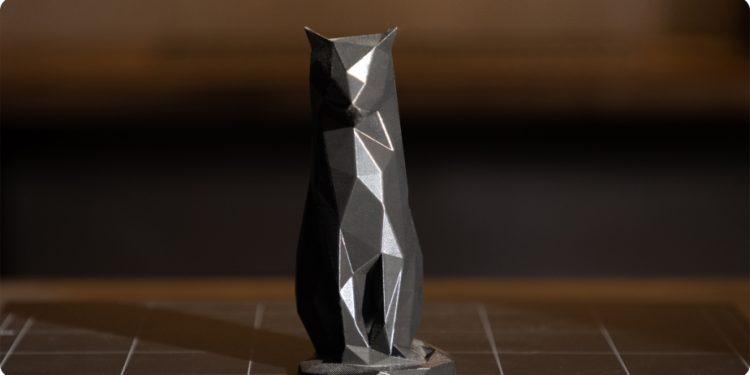Beyond Toys: Surprising and Practical Applications of FDM 3D Printing

When many people think of 3D printing, images of quirky figurines and plastic trinkets often come to mind. While Fused Deposition Modeling (FDM) 3D printers certainly excel at creating fun and personalized items, their capabilities extend far beyond the realm of mere toys. In fact, FDM technology is revolutionizing numerous industries with its ability to produce surprisingly practical and innovative solutions. From healthcare to manufacturing, the applications are vast and continue to expand, driven by the versatility of 3D printer filament.
Medical Marvels: Transforming Healthcare
One of the most impactful areas where FDM 3D printing is making a significant difference is in the medical field. The ability to create patient-specific models is transforming surgical planning. Surgeons can now print exact replicas of a patient’s organs or bones based on CT scans or MRIs, allowing them to practice complex procedures beforehand, reducing risks and improving outcomes. Furthermore, FDM printing is enabling the creation of customized prosthetics and orthotics at a fraction of the cost of traditional methods. Individuals with limb differences can gain access to personalized devices that fit their unique needs, improving their quality of life. In dentistry, FDM printers are used to create clear aligners, surgical guides for implant placement, and accurate models for crowns and bridges, streamlining workflows and enhancing patient care.
Engineering and Manufacturing Innovation
The engineering and manufacturing sectors have also embraced FDM 3D printing for its rapid prototyping capabilities. Engineers and designers can quickly iterate on their ideas, creating physical prototypes in hours rather than weeks. This drastically reduces development time and allows for faster feedback and design improvements. Beyond prototyping, FDM printing is increasingly being used to create custom tooling and fixtures for manufacturing processes. Instead of relying on expensive and time-consuming traditional machining methods, companies can 3D print specialized jigs, fixtures, and molds tailored to their specific needs, leading to increased efficiency and reduced costs. Moreover, the use of robust 3D printer filament materials is enabling the production of functional end-use parts for various industries, from aerospace to automotive, opening up new possibilities for on-demand manufacturing and customized components.
Education and Research: Empowering Discovery
In the realm of education and research, FDM 3D printing provides invaluable tools for hands-on learning and scientific exploration. Educators can use 3D printers to create tangible models of complex concepts in subjects like biology, chemistry, and mathematics, making learning more engaging and accessible for students. Researchers are leveraging the technology to design and print custom laboratory equipment, from specialized microscope adapters to intricate microfluidic devices, often at a fraction of the cost of commercially available alternatives. This democratization of scientific tools is accelerating discovery and innovation across various disciplines.
Architecture and Design: Bringing Visions to Life
Architecture and design professionals are also finding creative and practical uses for FDM 3D printing. Architects can create detailed scale models of their building designs, allowing clients to better visualize the final product and facilitating more effective communication. Product designers can quickly prototype and test their designs, gaining valuable insights into ergonomics and aesthetics before committing to mass production. The ability to iterate rapidly and create tangible representations of their ideas is transforming the design process.
The Role of 3D printer filament in Diverse Applications
The diverse applications of FDM 3D printing are made possible by the wide range of available 3D printer filament. From biocompatible materials for medical implants to high-strength filaments for engineering applications and flexible options for creating seals and gaskets, the properties of the filament directly dictate the functionality and suitability of the printed part. The continuous development of new and improved filaments is further expanding the practical applications of FDM technology.
Conclusion
In conclusion, while the image of 3D printing might initially conjure up thoughts of toys and novelties, the reality is that FDM technology has evolved into a powerful tool with a multitude of surprising and practical applications across numerous industries. From saving lives in the medical field to streamlining manufacturing processes and fostering innovation in education and design, FDM 3D printing, fueled by the ever-expanding possibilities of 3D printer filament, is proving its worth as a transformative technology that is shaping the future of how we create and interact with the physical world.






